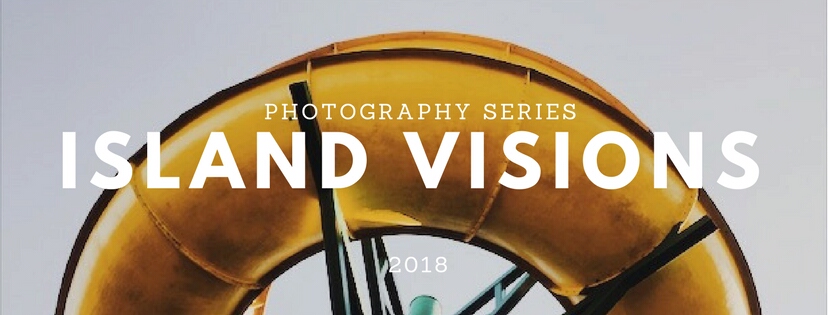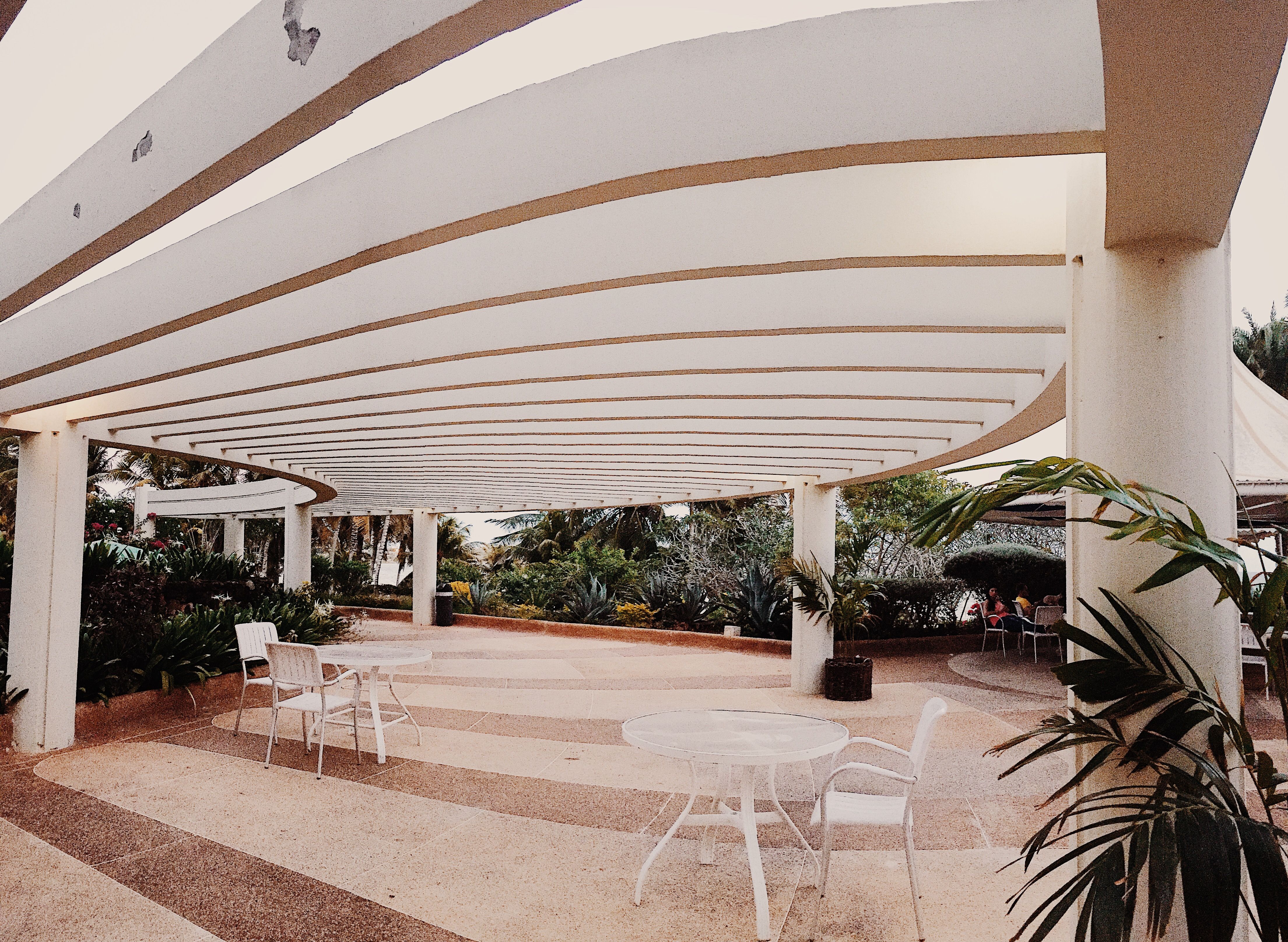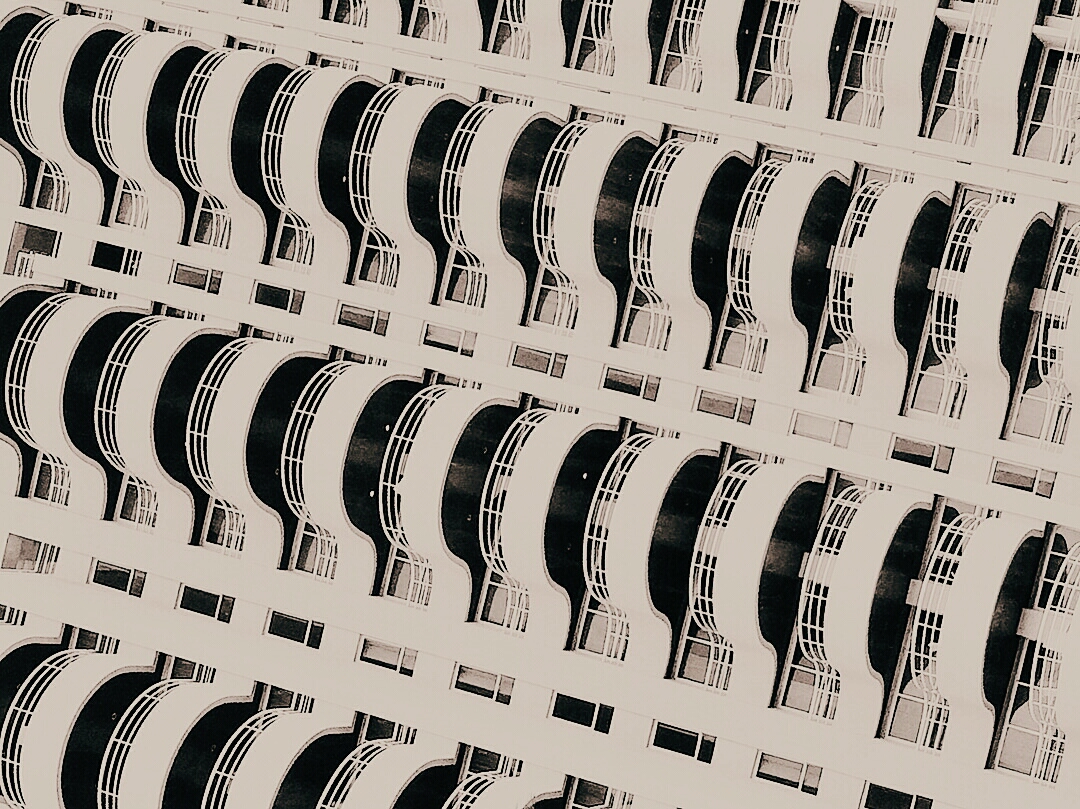Island Visions
photography·@cronosclocks·
0.000 HBDIsland Visions
<center> Photo Series. 2018.  https://steemitimages.com/0x0/https://steemitimages.com/DQmZtFifvadTUjegAjGB22qdxT9QpnAxRjJEfXudAt3dn8y/separador14.png </center> <div class="text-justify"> <B>Margarita Island,</B> just by reading its name a series of pictures crosses my mind, orbiting an endless number of associations. Known also as <i>La Perla del Caribe (The Caribe’s Pearl) </i>, the one who doesn’t know it will see a fictional island in its imaginary, while those who have visited it will remember what was lived there; the placesvisited, the people met, the heat of the island, the sunsets at the beach. Memory arises from a simple name, giving birth to the individual conception of an enclosure, capturing what a word entails for its understanding. >The construction of the imaginary of a tourist destination includes the image of it, which is the addition of beliefs, ideas, and impressions a person has of a destination. (Nielsen, 2002). </div> <center> https://steemitimages.com/0x0/https://steemitimages.com/DQmZtFifvadTUjegAjGB22qdxT9QpnAxRjJEfXudAt3dn8y/separador14.png </center> <CENTER><H2> What is the set of images that comes to your mind with the word <i>"Island"</i>? </H2></CENTER> <div class="text-justify"> Maybe some imagine a calm sea beach, others one with waves, some may even think of <i> Cast Away. </i> In any case, the psychic image that each person visualizes in a unique, own and capable of manifesting the semiosis of the sign, being this the relationship between a real element and a conceptual element. According to the approaches of <B> Barthes and Saussure</B> we have to: <H3> The sign</H3> <div class="pull-right"> https://i.imgur.com/lzXuWME.jpg </div> >It is made up by a signifier and a meaning. The plane of the signifiers constitutes the plane of the expression, and the plane of the meanings the plane of the content. (Roland Barthes, 1985) </div> <HR> <div class="pull-left"> <H3> The significant </H3> >It is the acoustic image associated with a concept. That is, the material form that the sign takes (such as phonemes) It is what makes my thoughts able to be interpreted, because it manages to materialize what has no matter. (Ferdinand de Saussure) </div> <div class="pull-right"> <H3> The meaning </H3> >It is not "a thing" but a psychic representation of the thing. For example, The meaning of the word ox is not the ox itself but its psychic image. This mental image is its own and unique. (Ferdinand de Saussure) </div> <HR> <div class="text-justify"> For example, the word Dog (significant) is the same regardless the individuals imagine different dog breeds interpreting (meaning) the same word. <HR> <H3> The significance </H3> <div class="pull-right"> https://steemitimages.com/DQmVqZHyjsWeyXBy5RY3EVkwnUtLeYsbnssuigPwmRAsML2/The%20significance.png </div> >It can be thought of as a process; it is the act that unites the signifier and the meaning, act which product is the sign. </div> <div class="text-justify"> It means that any element that we sensorially perceive and refer us to an idea or concept is then a sign. In such a way <B> one word can lead us to another and thus to an endless number of associations</B>, for example, the word <I><B> Island </B></I> can be related to the word <I></B> Holidays</B></I>, which encompasses another number of concepts. In turn, the word Island can be related to the word <I><B> Sea</B></I> and it is with <I><B>Fishing</B></I>, which being under the perception of a fisherman can be related to <I><B> Work</B></I> and <I><B>Responsibility. </B></I> <H2> <CENTER> What role do we play? </CENTER> </H2> > In postmodernity, the culture of the image deals with the imaginary and the image. The imaginary is the result of a historical construction related to feelings, the atmosphere is the aura that accompanies the place and determines the existence of a set of images, and the image is the visual construction of the observer who interprets it individually and subjectively. (S Gastal). Being the atmosphere an aura that accompanies a place, it is subjective to the mental image of each person, that is why our vision of a place, and as we show it to others, is an aggregate to the collective image of it. By understanding that the collective conception is constructed from the individual conception and vice versa, one must be aware of the responsibility of each one with respect to how we show our environment. <CENTER><H2> What is the sign we are building culturally? </H2></CENTER> There seems to be a kind of common denominator that can be observed through the most popular social networks, in which a trip to the beach covers a series of situations that end up being shared on our Facebook wall, many showing a parade of selfies that go from the photo next to the fence that says "Welcome", going through the one of swimsuit with beer in hand, until arriving at those of last night’s party and the next morning’s hangover (photographs with levels of drunkenness not censored) . This is followed by a list of photos in which the objective is to show the individual and what he or she does, so <B>the protagonism is taken by the person and not by the environment.</B> On the other hand, there is <I>souvenir</I> photography, which is focused on a tourist character of commercial purpose. >It is a product that is characterized by preserving memories related to the visited tourist destination. Being an object representative of the place’s image, it serves as a mean of disseminating destinations and tourist attractions. (Nielsen, 2002). In this branch would enter the photos of the sunset on the beach with the footprints in the sand or the couple kissing, aesthetically pleasing photographs of course, but at the same time they are the ones generally made. It was escaping from these slopes that I built up the following photographic series entitled: </CENTER>  </CENTER> <HR> <div class="pull-left"> https://steemitimages.com/DQmURErgD6CcXvDMmiwWBsKWzN52TzjVfXz3GqLTucU5u9f/AA2A9877-91F2-4B5C-8650-75523ACD53D7.jpg </div> <div class="pull-right"> https://steemitimages.com/DQmQnoDUX1YuSwGAWyNCZ5jz1KEPDEgbBsrdxyVpYXExmEk/153A2B28-99F3-4482-9216-758BA3C2D355.jpg </div> <HR> <center> https://steemitimages.com/DQmPapMPDMfYouZhDdy7C2AaypTmhWtjKVGGXWs85CKkbFK/39716148_400216760389806_8981942068196671488_AAAAn.jpg </center> <HR> <div class="text-justify"> I decided then to photograph enclosures and objects in such a way that they do not offer enough information to decipher the location where they were taken. A staircase, a slide, some windows, a palm tree, the latter being the only indication for the spectator. On the other hand, the use of curved and diagonal lines is constant, in order to nourish the characteristics of the two; curves to create movement and fluidity, diagonal to create tension and dynamism. This since personally they seem to me more peculiar and striking lines. </div> <HR> <div class="pull-center"> https://steemitimages.com/DQmSD3EGoy1zGMeE5GuABNbFyffdskMZD8kN7LPTxR1tTEd/2F0F75A1-3B17-433A-B41D-49EBB9D83333.jpg </div> <HR> <div class="pull-left">  </div> <div class="pull-right">  </div> <HR> <center> <H3> A silent, anonymous, and aesthetic photograph. </H3> </center> <div class="text-justify"> In this way I try to represent an alternative vision of the well-known and adored Island of Margarita, capture it, but at the same time keep it secret. Without repeating the already seen, give a remote view to a popular and crowded site, which has been photographed millions of times. Keeping the anonymity of the known, in the paradox of showing hiding. </div> <center> https://steemitimages.com/0x0/https://steemitimages.com/DQmZtFifvadTUjegAjGB22qdxT9QpnAxRjJEfXudAt3dn8y/separador14.png </center> <center><H3> SOURCES: </H3> </center> <div class="text-justify"> <H7> + [Arnoux. (2013). Barthes, Roland - "Meaning and significance" and "Denotation and connotation", in Elements of semiology - Semiology - Chair: Arnoux. April 13, 2018, of Abstracts of communication UBA](http://resumenes-comunicacion-uba.blogspot.com/2013/07/barthes-roland-significado-y.htm) + [Margarita Island. (s.f.). Wikipedia, The free encyclopedia. Retrieved on April 13, 2018](https://es.wikipedia.org/wiki/Isla_de_Margarita) + [C. Luva de Mello and C. CelianeCeretta. (2015). The handcrafted souvenir and the promotion of the image of the tourist place. April 13, 2018, from ScientificElectronic Library On-line.](http://www.scielo.org.ar/scielo.php?script=sci_arttext&pid=S1851-17322015000200001) + [R. Swan, S. Gastal. (2011) "New Vision on tourist itineraries". University of Caxias do Sul, Brazil.](http://www.estudiosenturismo.com.ar/PDF/V20/N06/v20n6a12.pdf) </H7> </div> <center> https://steemitimages.com/0x0/https://steemitimages.com/DQmZtFifvadTUjegAjGB22qdxT9QpnAxRjJEfXudAt3dn8y/separador14.png <H6> All the photographs are of my authorship, taken with Iphone 6 and edited in VSCOcam. Thanks to the beautiful [@anrux](https://steemit.com/@anrux) for these beautiful dividers. You can also have them by going to her [blog here](https://steemit.com/design/@anrux/original-text-separators-for-your-post)! </H6> </center> <center> https://steemitimages.com/0x0/https://steemitimages.com/DQmZtFifvadTUjegAjGB22qdxT9QpnAxRjJEfXudAt3dn8y/separador14.png </center> <center> <H3>Thanks for reading! </H3> You can also follow me on my social networks: [Instagram](https://www.instagram.com/cronosclocks/) and [Facebook](https://www.facebook.com/cronosclocks/) </center>